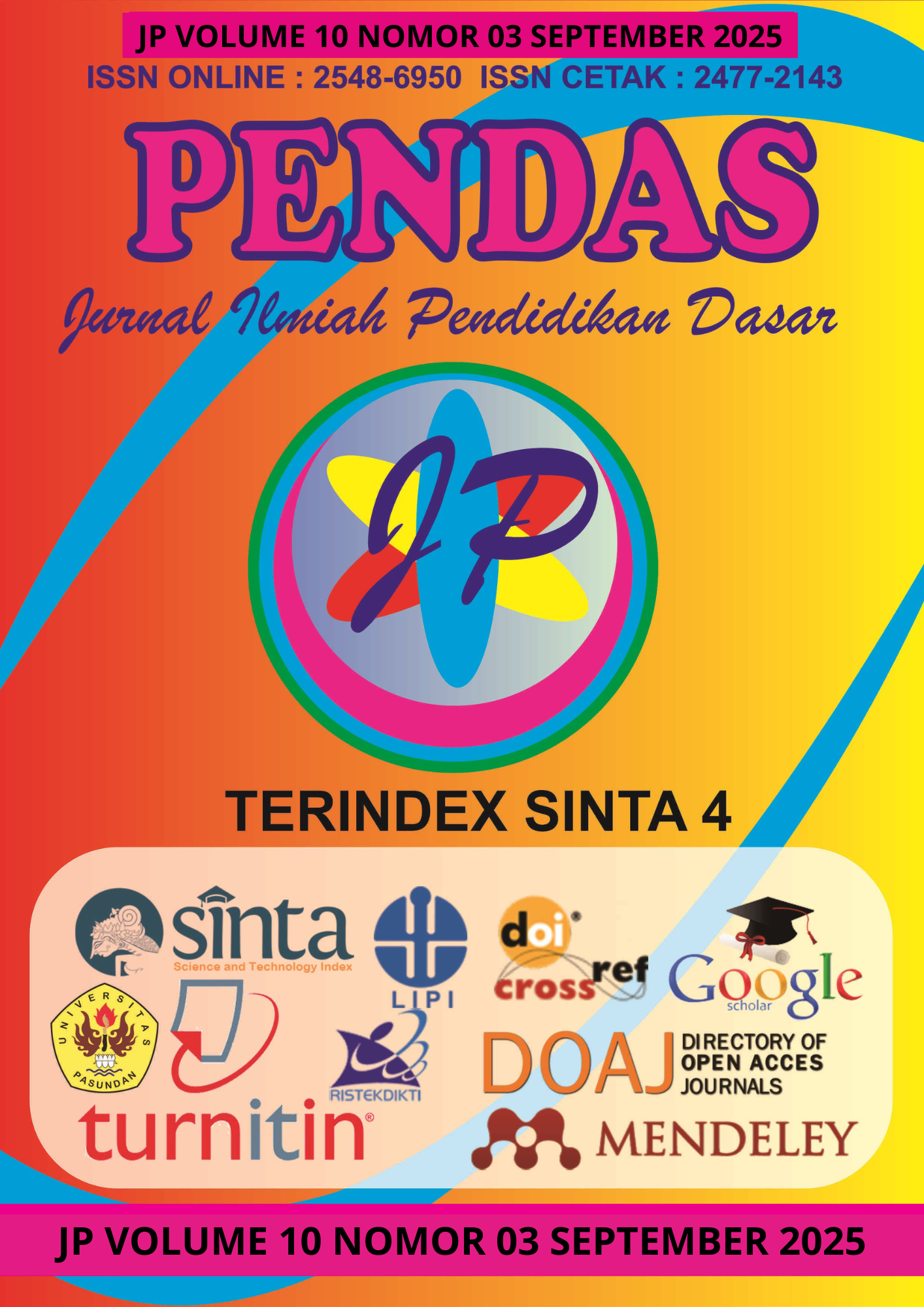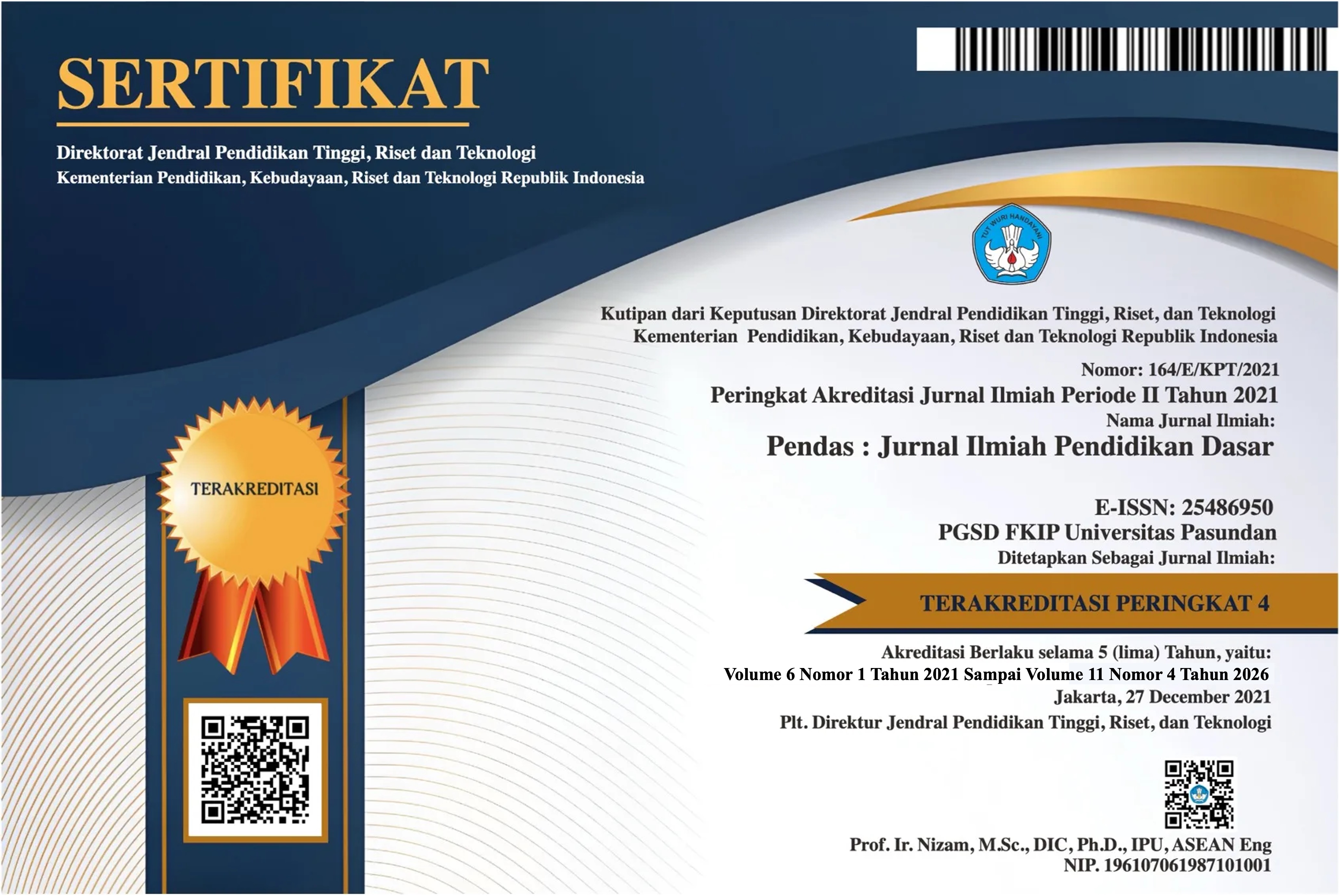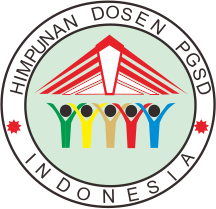ANALISIS KEBUTUHAN KEBUGARAN JASMANI UNTUK KESIAPAN BEKERJA PADA SISWA SMK TARUNA KARYA MANDIRI
DOI:
https://doi.org/10.23969/jp.v10i03.28306Keywords:
physical fitness, work readiness, vocational high school students, descriptive researchAbstract
This study comprehensively analyzes the physical fitness requirements for work readiness among students at SMK Taruna Karya Mandiri. Work readiness is a critical factor for vocational high school graduates, and physical fitness plays a significant role in enhancing work performance, productivity, and reducing the risk of occupational injuries. Employing a descriptive quantitative research method with a survey approach, supplemented by in-depth interviews, the study gathered data from physical fitness tests administered to students and qualitative insights from key stakeholders including sports teachers, curriculum teachers, industrial relations teachers, and corporate HR representatives. Quantitative results indicate that the distribution of physical fitness levels among students is as follows: 2.00% in "Very Good" category, 21.00% in "Good", 53.33% in "Sufficient", and 23.67% in "Less". This highlights that while a foundational level is met by most, significant improvement is needed, particularly for those in the "Less" category. Qualitative findings from interviews consistently underscore that optimal physical condition is paramount for sustained performance in both academic and professional environments. It is perceived as a primary determinant of readiness and competitiveness in the labor market. This research aims to provide a robust foundation for developing more tailored curricula and training programs that enhance students' physical fitness, thereby bolstering their overall work readiness and alignment with industrial demands
Downloads
References
Dalyono. (2005). Psikologi Pendidikan. Jakarta: Rineka Cipta.
Hardani, dkk. (2020). Metode Penelitian Kualitatif & Kuantitatif. Pustaka Ilmu. Halaman 137-140.
Sugiyono. (2017). Metode penelitian kuantitatif, kualitatif, dan R&D. Alfabeta.
Wibowo, Arie, and Dwi Rahmadi. 2020. Best Score Psikotes Kerja. Surakarta: Genta Smart Publisher.
Abduh, I., Humaedi, H., & Agusman, M. (2020). Analisis Hubungan Tingkat Kesegaran Jasmani terhadap Hasil Belajar Siswa. JOSSAE (Journal of Sport Science and Education), 5(2), 75-82.
Assyakurrohim, D., Ikhram, D., Sirodj, R. A., & Afgani, M. W. (2022). Case Study Method in Qualitative Research. Jurnal Pendidikan Sains Dan Komputer, 3(01), 1–9.
Prabowo, R. K., Utomo, B., & Setiawan, R. (2023). Faktor-faktor yang Mempengaruhi Tingkat Kebugaran Jasmani Siswa Sekolah Menengah Atas di Kota Bandung. Jurnal Pendidikan Olahraga dan Kesehatan, 11(1), 45-56.
Supariyadi, T., Mahfud, I., & Aguss, R. M. (2022). Hubungan Tingkat Kebugaran Jasmani Terhadap Prestasi Belajar Penjas Tahun 2021. J. Arts Educ, 2(2), 60-71.
Suwandi, R., Handayani, R., & Purnomo, A. (2022). Pengaruh Program Kebugaran Fisik Terhadap Peningkatan Produktivitas dan Penurunan Tingkat Absensi Karyawan. Jurnal Kesehatan Masyarakat, 17(2), 112-120.
Yulianah, L., Ni’mah, K., & Rahayu, D. V. (2020). Analisis Kemampuan Pemahaman Konsep Matematika Siswa Berbantuan Media Schoology. Jurnal Derivat: Jurnal Matematika Dan Pendidikan Matematika, 7(1), 39–45.
Badan Pusat Statistik. (2024). Tingkat Pengangguran Terbuka Berdasarkan Tingkat Pendidikan.
Downloads
Published
Issue
Section
License
Copyright (c) 2025 Pendas : Jurnal Ilmiah Pendidikan Dasar

This work is licensed under a Creative Commons Attribution 4.0 International License.



















